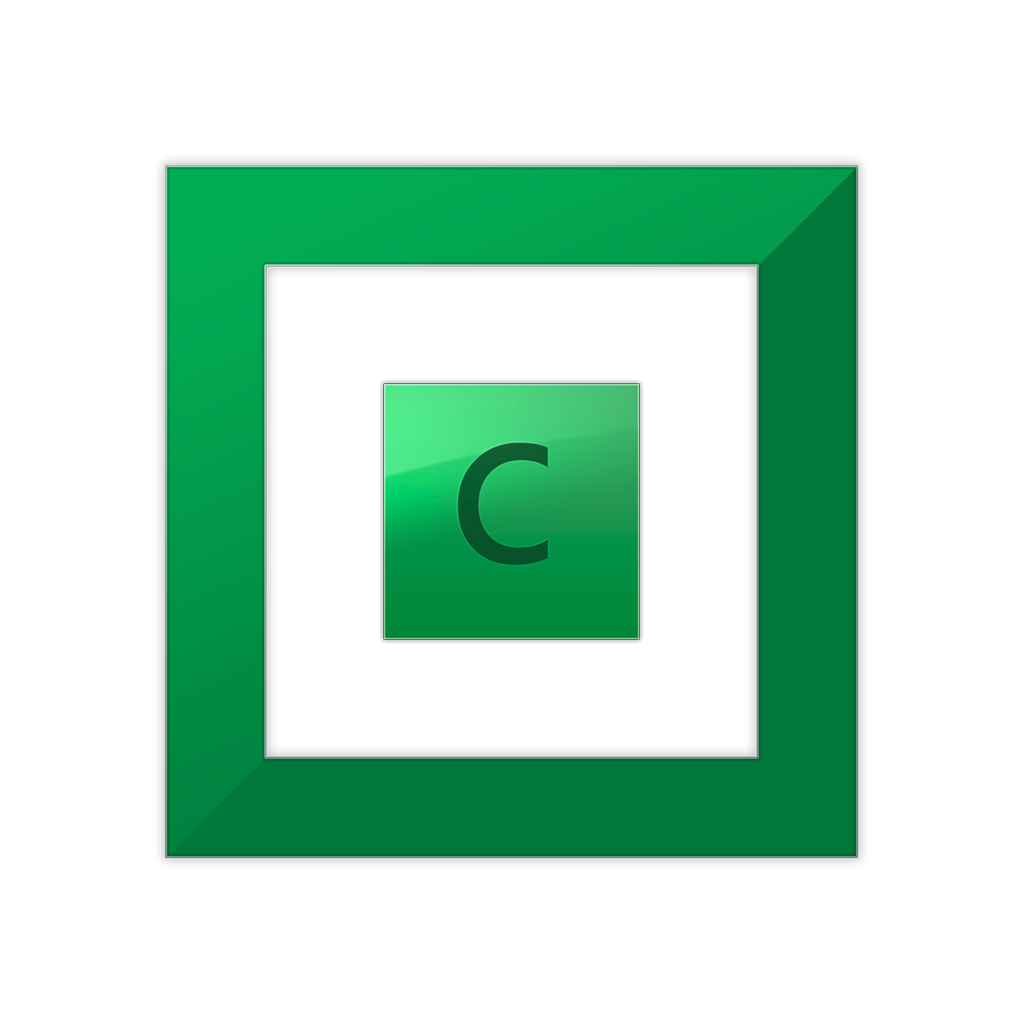-
Posts
11700 -
Joined
-
Last visited
-
Days Won
388
Posts posted by Christopher (Drashna)
-
-
-
Then the "balancing immediately" and checking the "but not more than once ever X hours" option may be better, as this should balance the data periodically and be a bit more aggressive than the "balance daily" option.
However, you may still end up with other drives being active, depending on how much data needs to be moved, and how long that takes.
Eg, there may not be a good solution that will prevent the hard drives from being used. It may be simply a matter of finding a balancing that works while making compromises.
-
If this is an inplace upgrade: Uninstall, upgrade, reinstall.
If this a clean install of windows: deactivate, wipe+reinstall, install StableBit DrivePool, reactivate.
-
Yes and no.
The scan themselves are limited by the drive's speed, other activity on the drive, other activity on the same controller, etc. But, in general, should be a consistent speed.
That said, the automatic scans (or really any scan after the initial scan) won't be scanning the entire disk. StableBit Scanner keeps track of what sectors have been scanned, and when they were last scan. Manually triggering a scan will still abide by the scan history and scan settings (eg, it won't scan sectors that were scanned less than 30 days ago, assuming the interval for scanning is set to 30 days).
You can see this sector map, as well as the "condition" of the drive here:
https://stablebit.com/Support/Scanner/2.X/Manual?Section=Disk Scanning Panel#Sector MapAlso, on the left side of the sector map, there are 4 buttons (the 4th may be hidden due to sizing). But you can reset the scan history for the entire disk (using said 4th button), and rescan the entire disk.
However, because of how the sector map works, over time it should scan when the drives aren't in use as much, and should break it up over the month. Resetting the sector map will reset this "learning" too.
-
Absolutely:
https://stablebit.com/Support/DrivePool/2.X/Manual?Section=Balancing SettingsChange it to not balance immediately, or increase the "not more often[...]" value.
-
Unfortunately, StableBit Scanner doesn't support SAS drives, so doesn't manage them.
That said, the StableBit Scanner plugin is reading the disk status from WMI, so if you "jerry-rigged" up something that read from the SAS health information and created the proper structures in WMI, you could fake it. (however, the information is very basic, but at least that's simpler to manipulate)
-
As above, by default, StableBit Scanner should only be scanning 1 disk per controller. This can only be changed by getting into the advanced settings.
You can see how StableBit scanner sees the controllers by right clicking the column header in the UI and selecting "By Controller".
If you do this, do you see all of these disks on different controllers, or on one controller?
-
It would also be worth double checking the sector map, as that may be updating. So the percentage may be based on the current scan, not the whole disk's status.
https://stablebit.com/Support/Scanner/2.X/Manual?Section=Disk Scanning Panel#Sector Map -
Can confirm that there is no issue with mounting the drives to a folder path.
StableBit DrivePool doesn't use the drive letter or path, but uses the volume ID via the UNC path (eg, what you see when you run "mountvol" in a command prompt, the "\\?\Volume{GUID]\" path).
-
It's flaky because multicast detection can be flaky.
That said, you can manually add entries, if you need to:
https://wiki.covecube.com/StableBit_DrivePool_2.x_Advanced_Settings#RemoteControl.xml -
Yeah, sometimes .... Windows will double add the disk, if it's mounted too quickly. It's ... weird.
ALso, if this happens again, you can uninstall the drives (all of them) in Device manager (but don't delete the driver), and reboot the system. This should also correct the doubled drive.
-
THere isn't any such option, currently. Just for the pool itself and doing it manually for the pooled disks.
Also, when removing the drive letters, if you run into issues with the drives showing up after rebooting when doing this, there is a known issue with Windows. Fixing it is relatively simple:
https://wiki.covecube.com/StableBit_DrivePool_F3540 -
That really depends on the size of files you typically add, and how much data you may dump at once. In general, the 2x 512Gb drives should be more than plenty for most anything you'd throw at it. Though, if you wanted to use file placement rules to keep data on there, it still depends ...
My personal opinion? 512Gb for the cache, and 1TB drives for the gaming PC.

-
Honestly, the low reliability was due to the floods, and then one specific line of drive (ST#000DM001) that was the issue. Aside from those, Seagate drives have been rock solid for me (and IIRC, BackBlaze statistics bears that out too). That said, I do use a mix of brands.
As for the drives, that sucks. And if they were from the same batch of drives, that definitely makes sense (unfortunately). But for any drive really, it's not "if" it fails, but "when". And maybe ... how catastrophically.
As for the dropout, if that is USB, then it's USB. That's normal (and IIRC, allowed by the specs for USB). Unfortunately.
And yeah, I hear you on the drives. It's the only reason I don't have duplication for most of my pool. Only the critical stuff is duplicated. The drive capacity keeps in increasing and prices gradually drop (though, lets hope that continues, all things considered). And IMO, it's worth getting the NAS/enterprise drives. Between warranty and features/use-case, it's worth it.
-
Shucking drives is not worth the effort, yeah. I won't tell people not to do it, but I do recommend against it. Every shucked drive I have had, has failed within 3 years of purchase.
And I can attest to the WD Red and Seagate NAS being good quality drives. In fact.... the seagate NAS drives I have show ~2 years for their age because the SMART data rolled over at 10 years.
-
It should give a tooltip of "Increase Priority".
Some of this is covered by: https://stablebit.com/Support/DrivePool/2.X/Manual?Section=Pool Organization Bar
But specifically, balancing and duplication tasks use a background I/O priority. This means that other I/O (such as you reading media from the drives) gets priority over the balancing. This helps prevent these tasks from interferring with normal usage of the pool.
Increasing priority means that it uses the same, "normal" priority, and may perform faster at the cost of impacting pool performance.
QuotePool Performance and Disk Performance show 0 activity when balancing, shouldnt it display the balancing performance?
That is correct. This only shows activity that goes through the pool driver. Balancing and duplication tasks do not, and are not shown herer. This is namely because the "performance counters" for the disks only show that information.
-
You've been bitten by this issue:
-
Most likely, it's more to do with the controller than the disk itself.
In the advanced settings, there are a couple of options that may help, but mostly the "Unsafe" option in the "Direct I/O" section.
The advanced settings are hidden until you enable them in the Scanner settings.
-
You are very welcome, and glad to hear it!
And hopefully, everything else is smooth sailing!
-
If you don't mind a more complicated setup, you can get away with one drive for SSD Optimizer.
Namely, add all of the regular drives to a pool. Then add that pool, and the SSD Optimizer to a (separate) pool. Enable duplication on the underlying pool, but not on the top level pool, and enable the SSD Optimizer just on the top level pool.
-
Well, I'm sorry to hear about the virus, but glad it was .... a simple enough issue in the end!
Also, assuming that the *arr program downloaded the virus via the download client, double check that the download client is configured to block "malicious extensions" (eg, exe, lnk, bat, etc). Generally, it's a good idea to block any executible or script by default.
As for the shucked drives ... yeah, that's gonna happen, unfortunately. A better alternative may be to buy recertified drives from a reputible company, as these are cheaper than new drives, and generally in very good condition.
-
Well, glad that it was a simple issue!
And by default, StableBit DrivePool puts new files on the disks with the most available free space, measured absolutely (eg total bytes free, not by percentage). Over time, this should lead to roughly equal usage.
As for forcibly equalizing the disks, no, it's not bad to do. But the default settings are setup to minimize the amount of balancing needed. They mostly deal with specific edge cases. Because a one time move is fine, but moving files constantly can/will increase wear and tear over time.
And yes, I would recommend turning off that balancer once it's run. If you add a new disk and want to equailze the usage again, turn it on until that's done. Rince and repeat.
-
Glad to hear it!
Though, for the reformat, in this sort of situation, I'd recommend a full, non-quick format. Namely as this basically zero's out the entire drive. (though I absolutely understand not wanting to do that, at this point)
-
Unfortunately, the SSD Optimizer isn't a true caching solution. And it's not meant to be.
That said, StableBit CloudDrive operates in a way that is more like a caching solution, and in line with your expectations. But again, it's not a true caching solution, either.
It sounds like you want a full on caching solution, like PrimoCache




Question about StableBit Scanner/Cloud and LAN-only Machines
in Nuts & Bolts
Posted
No, the system in question needs to be connected to the internet, as the statistics and communication happens between the software and the service directly. It does not relay through other devices on the network.
The "other systems on your lan" is meant for the local remote access. While the page is for StableBit DrivePool, the "remote control" function is the same:
https://stablebit.com/Support/DrivePool/2.X/Manual?Section=Remote Control Details